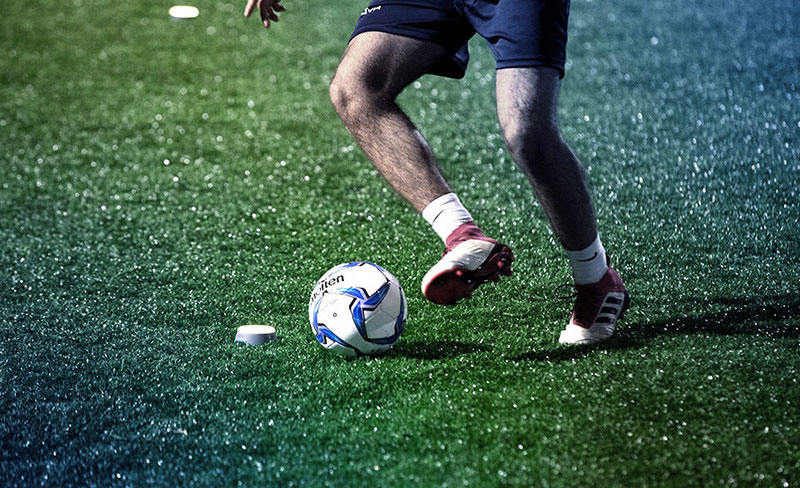7 Fun Exercises That Enhance Your Soccer Skills
If you want to play soccer at a respectable level, you must improve your stamina.
A professional player nowadays travels more than 10 kilometers in a 90-minute game. The game’s demands have risen so dramatically in recent years that being bigger, stronger, and more explosive is more important than ever. It now goes beyond simply increasing lung capacity.
The only soccer fitness training program you’ll ever need is right here.
1. Run!
Get on a treadmill or find a room large enough to accommodate a running track. While sprinting at full speed, jogging, and then sprinting again improves VO2 Max (the maximum rate at which a person’s body can consume oxygen during exercise), interval training is not a traditional stamina builder. This allows Premier League players to gain stamina and thrive in extended periods of time.
2. Increase Sprint Speed
Sprint speed used to be a skill reserved for wingers, but it is now required of players in all positions. Even today’s greats, such as Rio Ferdinand, recognize how difficult life would be without it at the end of their careers.
Try weighted sled pulls and parachute sprints to push your legs well beyond their limits. You will be head and shoulders above the competition if you maximize your own ability to run fast for shorter bursts.
Strengthening your quadriceps and hamstrings with isometric and eccentric exercises performed under tension can help you become a speed merchant quickly.
3. Make Yourself More Explosive
While it may appear natural for superstars such as Eden Hazard to turn a corner and find themselves in the middle of the next week, the majority of it is the result of hard work. Explosions with a lot of power are essential.
Training for this is extremely difficult and requires exceptional technique; however, the payoff is tremendous, as it transforms you into a lethal number 10 with a terrifying turn of speed.
To accomplish this, perform plyometric exercises such as squat thrusters, burpees with tuck jumps with any type of jump squat, including plyometric box jumps, and your opponents will soon be eating your dust.
4. Improve Your Directional Change
Being fast is great, but if it only allows you to travel in straight lines, you will be limited to the wings. Every football player should be able to change directions quickly and safely while maintaining good ball control at all times.
Cone drills like slalom runs and shuttle runs are a simple way to improve a player’s agility. Don’t forget about the ball; the ability to run and turn at full speed while maintaining ball control is a game-changer.
5. Improve your core stability
You’d be hard pressed to find a player who uses every physical feature to his advantage more than Lionel Messi. The diminutive playmaker stands out among his peers, evading defenders with exceptional balance and speed as they all bounce off his small frame.
But, since not everyone has a low center of gravity, how do you simulate it with a few inches more? The key is to build a strong foundation for yourself.
True core stability, on the other hand, comes from incorporating certain unstable movements into your training program rather than jumping right into sit-ups and crunches. This includes exercises like squatting on a Bosu ball, single-leg Romanian deadlifts with a T-bar, and plank jacks while strapped into a TRX.
6. Make Yourself More Powerful
Ignore strength training at your peril. Because of advancements in sports science, the football community has become more aware of the benefits of practices such as Olympic lifting and general resistance training.
Large compound movements such as squats, deadlifts, and lunges all have a significant positive impact on traits such as explosive power, general speed, agility, and, to a lesser extent, core stability. However, the primary benefit of strength training is injury prevention; a good resistance program promotes strength gains in ligaments, tendons, and the entire skeletal system.
7. Allow Time for Recovery
Footballers don’t have much time to recover because the current game is so demanding, sandwiching practice after practice between games. They do, however, allow plenty of time for rest behind the scenes. Making sure you’re doing everything correctly could keep you from reaching your peak fitness. Recovery should also be an important part of your training plan.
It is critical to condition your body to regenerate. Foam rolling is especially useful for preventing fascia buildup and reducing DOMS. You should also pay attention to your diet and take some time to stretch after a game.

